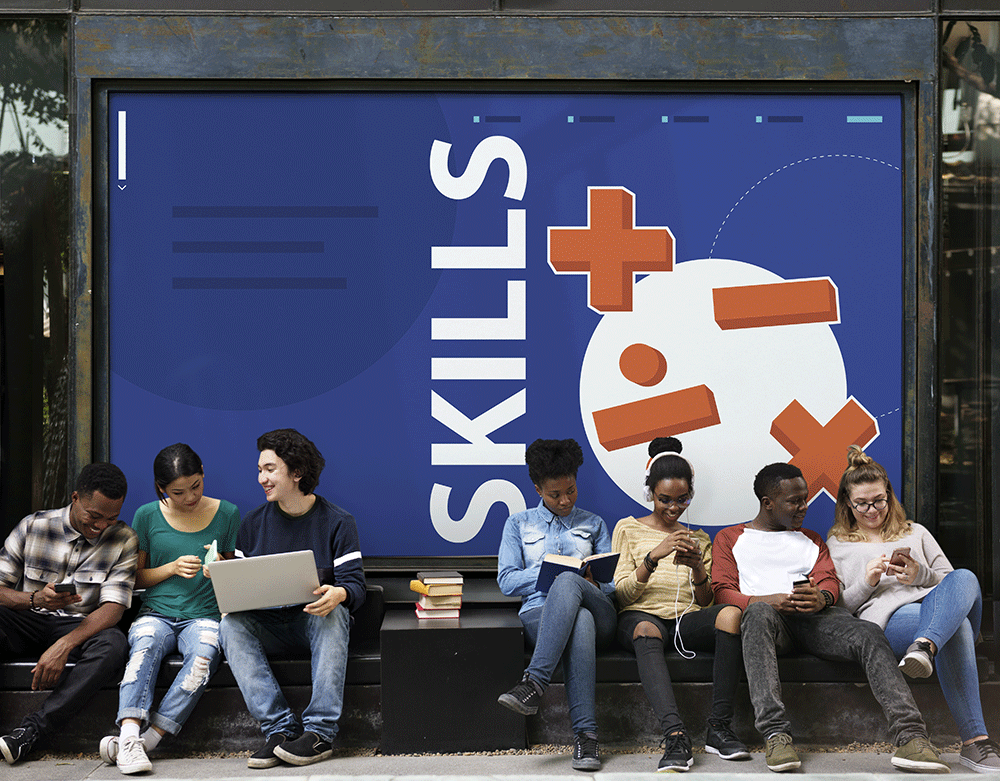
By Patrick C. Graham, Ph.D.
As many employers struggle to find qualified employees and federal unemployment and eviction prevention benefits come to an end, a tsunami of factors during the COVID pandemic indicates an old problem, the segregation of our education and workforce systems. Too many African Americans and other people of color find themselves in economically and socially isolated communities that impact America’s ability to develop talent and be globally competitive. We must desegregate our talent pipelines and create inclusive pathways for a skilled workforce. To use the adage, we must nurture talent on the “other side of the tracks.”
Segregation Impacts Talent
In 1990, America ranked sixth globally for education and health, vital foundations for talent development. This success was the budding fruit cultivated by civil rights activists decades prior. African American students began to attend less segregated schools and more resourced educational settings, leading to higher achievement. Forty-three percent of Black children attended desegregated schools, the lowest in history until that point. However, at the same time, many white-middle class proponents of neighborhood and segregated school systems aggressively advocated for the turning over of significant desegregation policies. The impact of their lobbying coincided with budget cuts to skilled labor programs in high schools. The result of all these factors diminished America’s talent pool and educational standing in a global economy. By the mid-2000s, we ranked twenty-seventh in education and health.
Segregation and cuts to skilled trade education negatively impacted portions of our talent pipeline by alienating individuals into areas of educational and workforce insufficiencies, which were magnified by residential segregation. This closed-off access to career-related experiences and pathways created economic deserts. Because so many people in power of our economic and educational structures lack proximity to communities of color or high poverty, decisions that affect these communities occur with little understanding of the long-term impacts of those policies and how they impact our entire nation.
For example, court cases such as Oklahoma City v. Dowell (1991), Freeman v. Pitts (1992), and the 1999 reversal of Swann v. Charlotte-Mecklenburg Board of Education (1971) increased re-segregation by eliminating court supervision for district desegregation plans and desegregation tools. By 2000, skilled trades and traditional shop programs experienced cuts for the past two decades. This lack of proximity allows new forms of segregation and diminishing focus on the skills of African Americans and other communities needed to meet the demands of our economy. The suppressive policies of the 1990s lowered our standings for talent development. Well into the 21st century, a 2016 U.S. Government Accountability Office (GAO) study revealed that schools with at least 75 percent of African-American and Hispanic youth or high-poverty students doubled from 2001-2014.
Segregation, Pathways, and Skilled Trades
Today, only 23 percent of African American and other minority students attend desegregated schools, reversing to 1968 levels. Six percent of U.S. high school students are enrolled in career technical education (CTE) programs, compared to Germany at 59%, Switzerland at 64%, and Japan at 25%. The National Association of Manufacturers reported that over 2.4 million advanced manufacturing jobs in the U.S. would go unfilled by 2028. The decreased funding of skilled trade education and the reversal of desegregation laws weakened our ability to produce talent in these areas. This division of labor along ethnic and gender lines has decreased Black men and women’s ability to earn adequate living wages and our nation’s ability to compete in an innovative world.
Shift the Paradigm for Global Competitiveness
Our story does not have to remain this way. We can undo some damage by focusing more on pathway development for adults in segregated neighborhoods and providing skilled-based education for youth. For example, ReWork Richmond in Richmond, Virginia, has a long-term (over a year) model that works with households to develop career pathways and partner with employers to ensure these individuals advance in work and learn environments. Many of the participants, mainly Black women and some men, focus on pathways and certifications in construction, transportation, energy, and other fields that lead to living wages and wealth creation. Program participants proved to be more stable in their employment than those in short-term programs during the pandemic. Obviously, in addition to these types of adult models, our school systems must implement CTE and skills programs at a competitive level with other advanced nations.
America has the knowledge and resources to reestablish our talent pool as the best in the world. With the 2020 Census confirming the diversification of our population as inevitable, it is in our best interest to make investments in education, infrastructure, and businesses to directly benefit communities experiencing segregation and high poverty levels. The answer to America’s global competitiveness waits on the other side of the tracks.
About the Author
Patrick Graham, Ph.D., is a social and public sector leader and historian with over 20 years of executive-level experience in policy development and programs. He currently serves as the CEO of the Concord Family Enrichment Association and several regional and national boards.
#PatrickGraham #Charlotte #Concord #Richmond #Pathways #Segregation







